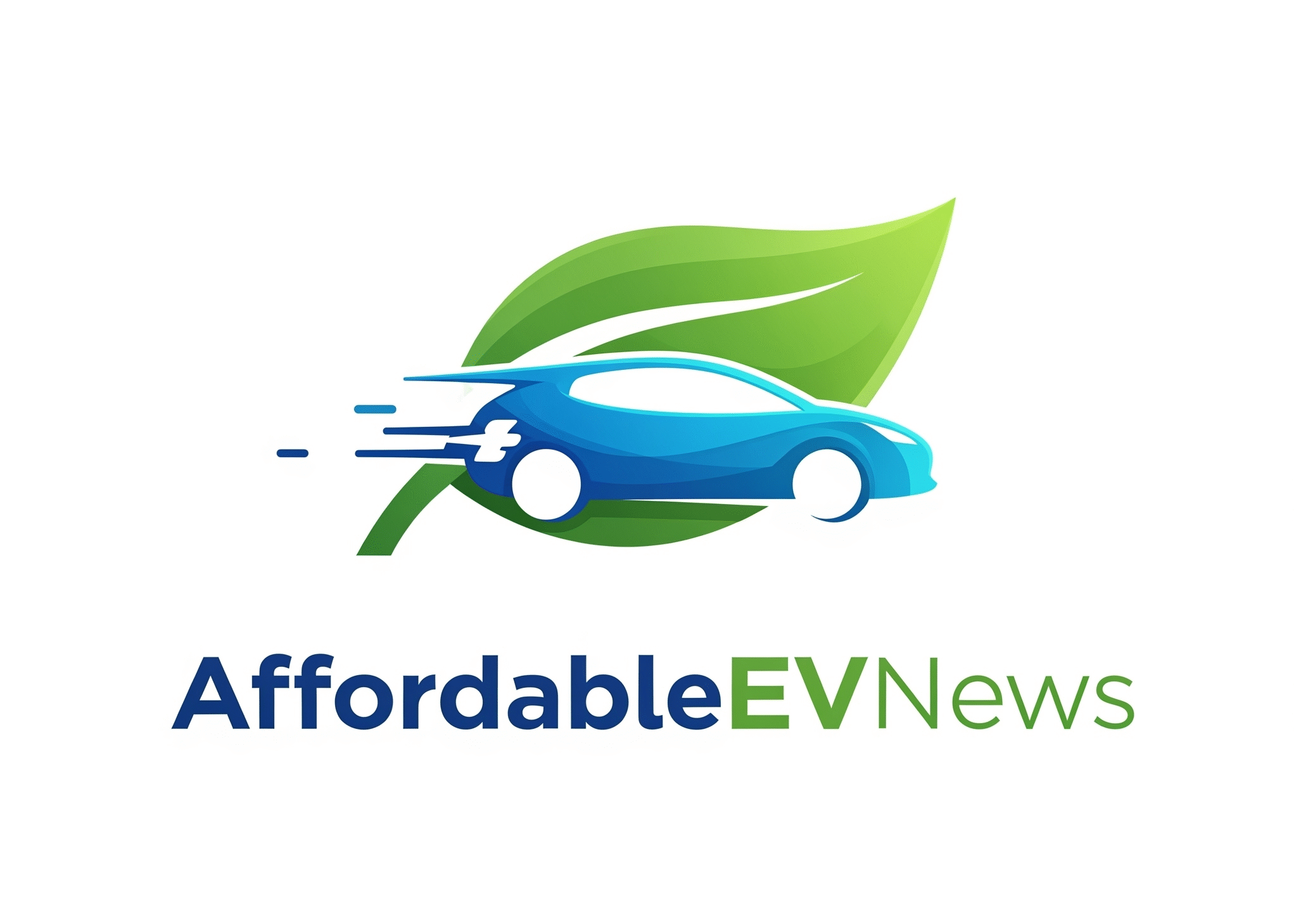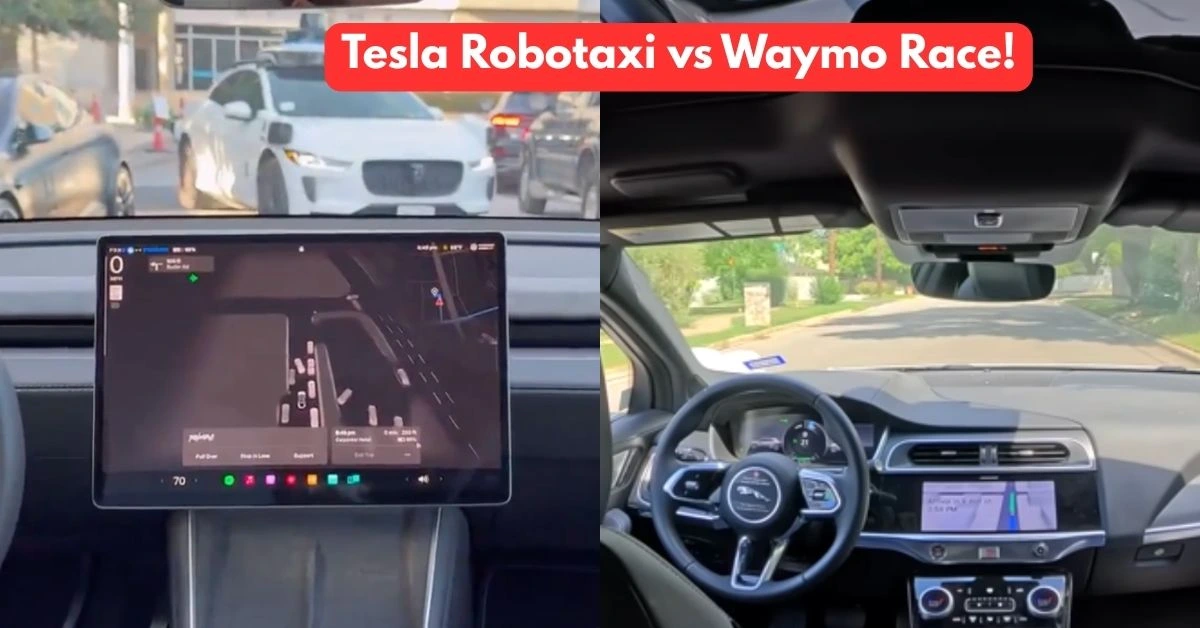Tesla and Waymo are racing to dominate autonomous ride-hailing in Austin, Texas. We compare their tech stacks, user experience, safety, and scalability—who’s really ahead?
Robotaxi Wars in Austin: Tesla Robotaxi vs Waymo Battle for the Future of Autonomous Rides
The streets of Austin, Texas, have become an unintentional test track for two of the world’s most ambitious autonomous vehicle (AV) programs: Tesla’s Robotaxi and Waymo. With both services now operating in the same city, the long-theoretical “robotaxi race” is playing out in real time, offering a rare glimpse into how divergent philosophies in AI, hardware, and safety translate into actual passenger experience.
And the contrasts couldn’t be sharper.
Tesla Robotaxi: Fast, Smooth, and Monitored
Tesla’s Robotaxi service operates within a large geo-fenced zone in Austin, and riders generally wait 5–10 minutes for a pickup. Rides often include a safety monitor in the front passenger seat—present but passive—while Tesla’s in-house AI stack handles the driving.
One standout feature is the “pull over” button, which connects passengers to a human agent who can remotely park the vehicle if needed. Tesla’s performance in tight urban spots—such as multi-point turns in constrained lots—has impressed many, with users describing the driving style as “smooth, natural, and near-human.”
But that human touch may extend further than Tesla admits.
Waymo: Driverless and Disciplined
In contrast, Waymo’s rides are completely driverless, summoned via the Uber app in Austin. Upon entering, passengers are greeted by a voice assistant offering basic instructions. The vehicle handles the entire drive, from start to finish, with no human monitor inside.
Waymo’s AVs tend to avoid complex maneuvers, like entering tight parking areas, opting instead to drop passengers on nearby streets—a safer, albeit less convenient, choice. Though described as “98% humanlike,” some say the cars feel slightly robotic and can drive “a little fast” for comfort.
Still, there’s no doubt: Waymo’s stack feels more mature when it comes to true autonomy.
Tesla vs. Waymo in Austin – Head-to-Head Comparison
| Feature | Tesla Robotaxi | Waymo |
|---|---|---|
| Safety Monitor | Present in all rides | None (fully autonomous) |
| Tech Stack | Camera-based, vertically integrated | Lidar + HD maps, retrofitted tech |
| Remote Assistance | Via human agents | Available through app/screen |
| Complex Maneuvering | Performs advanced turns in tight spots | Avoids tight areas |
| Ride Summon Method | Tesla app | Uber app |
| Cost per Ride | TBD (aiming to undercut competitors) | ~$8 for 8-minute ride |
| Speed Test (Home Depot run) | 9:40 mins | 11:40 mins |
| Drop-off Accuracy | At store entrance | In nearby parking row |
Safety and Controversy: Who’s Really Driving?
Tesla’s AI often wins points for fluidity, but recent incidents raise concerns. One widely discussed event involved a Tesla Robotaxi blocking traffic on the wrong side of the road, prompting speculation that a remote operator intervened to save face. Critics noted that influencer passengers praised the AV—even though it caused the jam.
Tesla’s camera-only approach, lacking radar or Lidar, has been linked to phantom braking and shadow misinterpretation, which have contributed to past collisions. Musk’s “move fast and break things” mentality worries safety advocates who view Austin as a live testing zone, with residents unwillingly caught in the beta phase.
Waymo, on the other hand, is generally perceived as safer than human drivers but limited in scope—no highway use, conservative behavior, and slow rollout.
Philosophical Divide: Build Everything vs. Retrofit the Best
Tesla’s approach is pure vertical integration: every layer of the system, from chip design to neural net training, is built in-house. Its vision-only strategy is bold—and risky.
Waymo leans on a “Frankenstein” retrofit model, bolting expensive sensors and computing power onto existing vehicles. Critics argue this makes Waymo harder to scale, but proponents counter that its redundant safety layers and predictive mapping make it more robust.
Scalability and the Bottom Line
Tesla could win on cost and speed of deployment. Its proprietary hardware stack is cheaper than Waymo’s Lidar-heavy setup. Tesla’s faster arrival in a head-to-head test supports that claim, and its goal of undercutting rideshare prices is seen as realistic due to lower overhead.
Waymo’s model is more expensive and complex, but for now, more mature in full autonomy.
Conclusion: A Race Still Too Close to Call
Tesla’s Robotaxi shows impressive polish and potential—but possibly at the cost of transparency, autonomy, and safety. Waymo, while slower and more cautious, has a better track record with zero human intervention and a clearer commitment to safe, gradual rollout.
As the industry accelerates toward an autonomous future, the real test won’t be who gets there first—it’ll be who gets there safest, smartest, and most sustainably.
Austin may be the starting line. But the finish? That’s still miles away.

